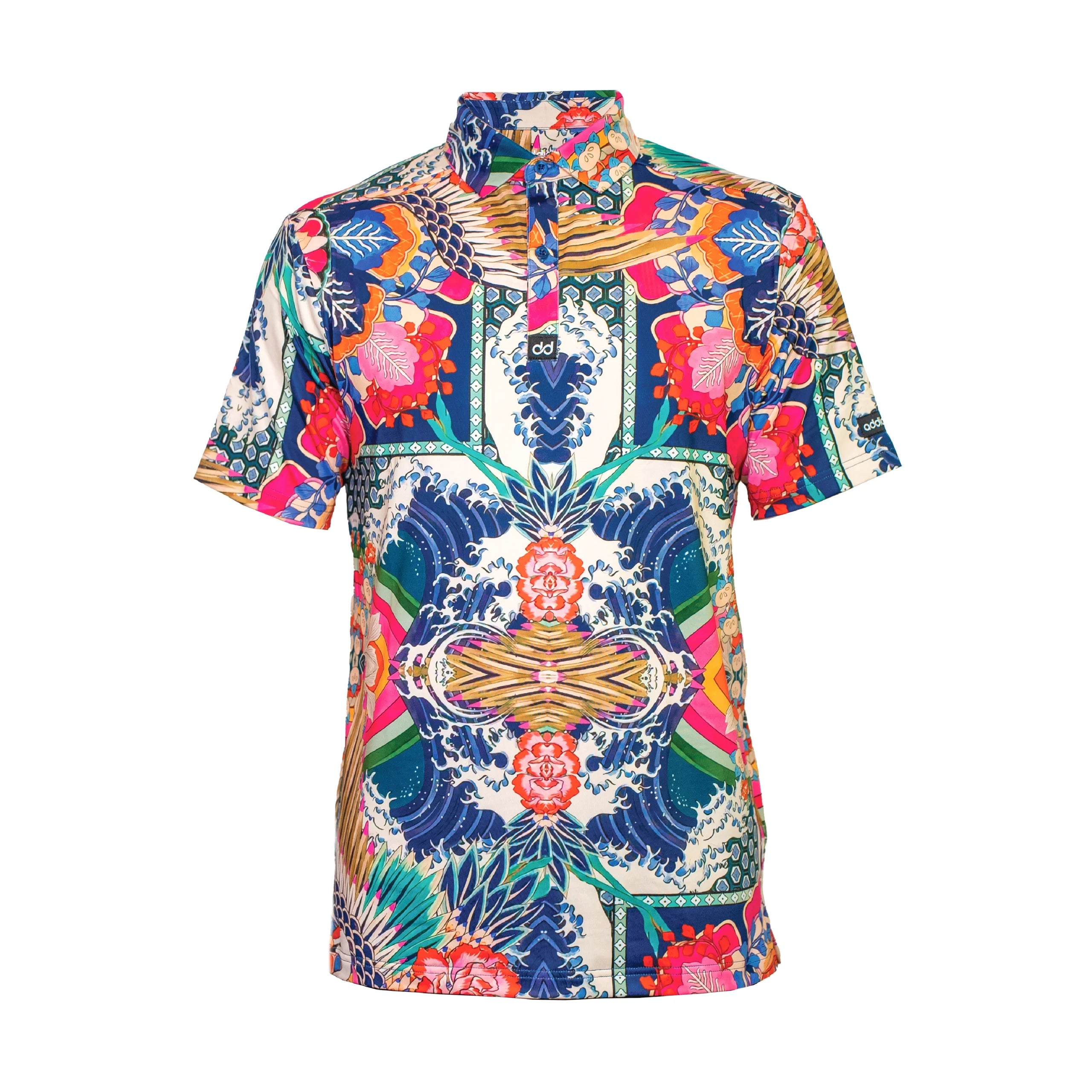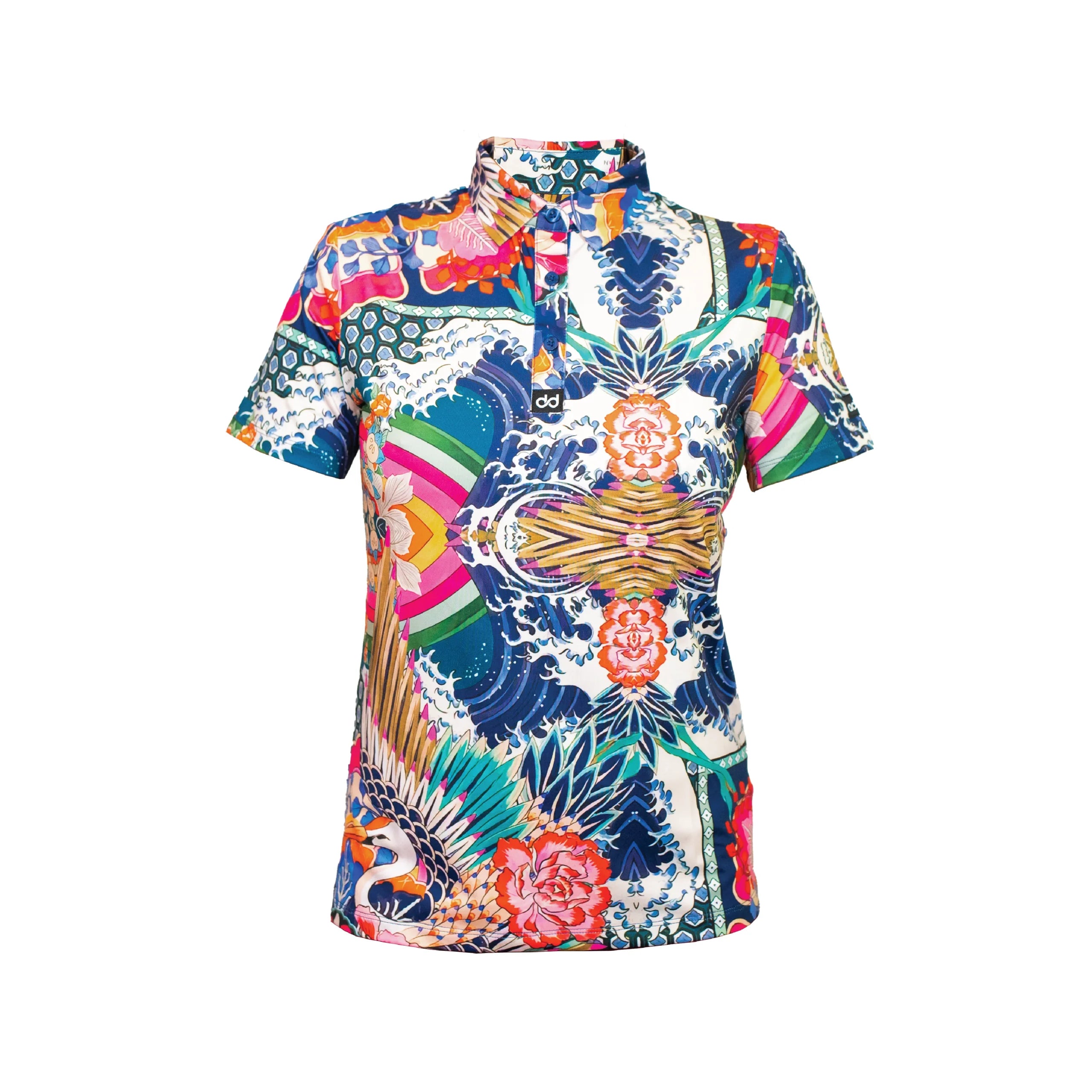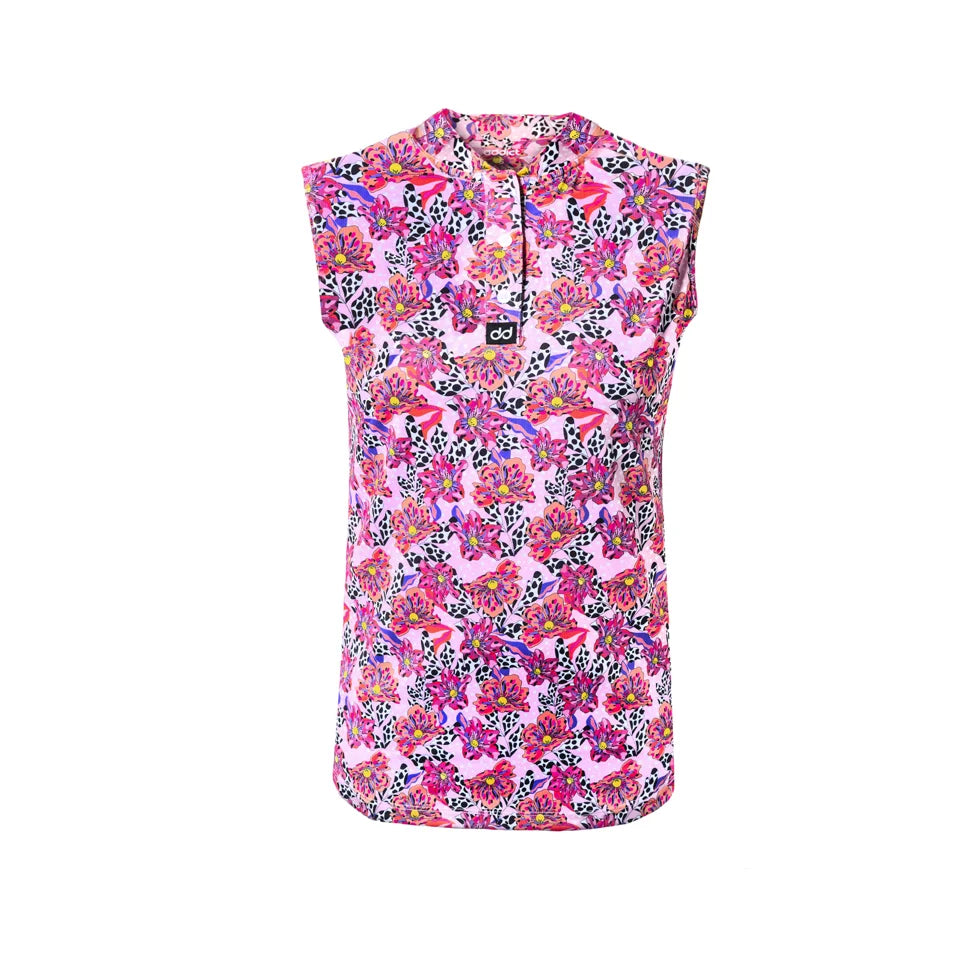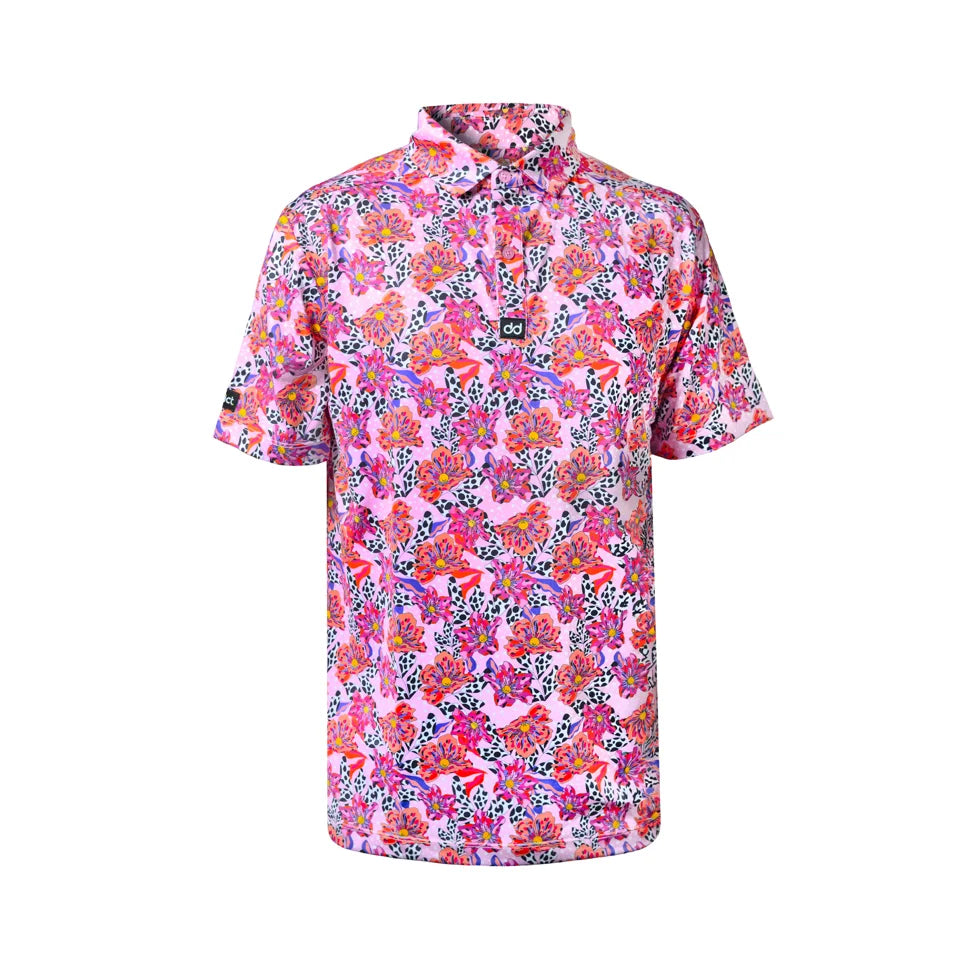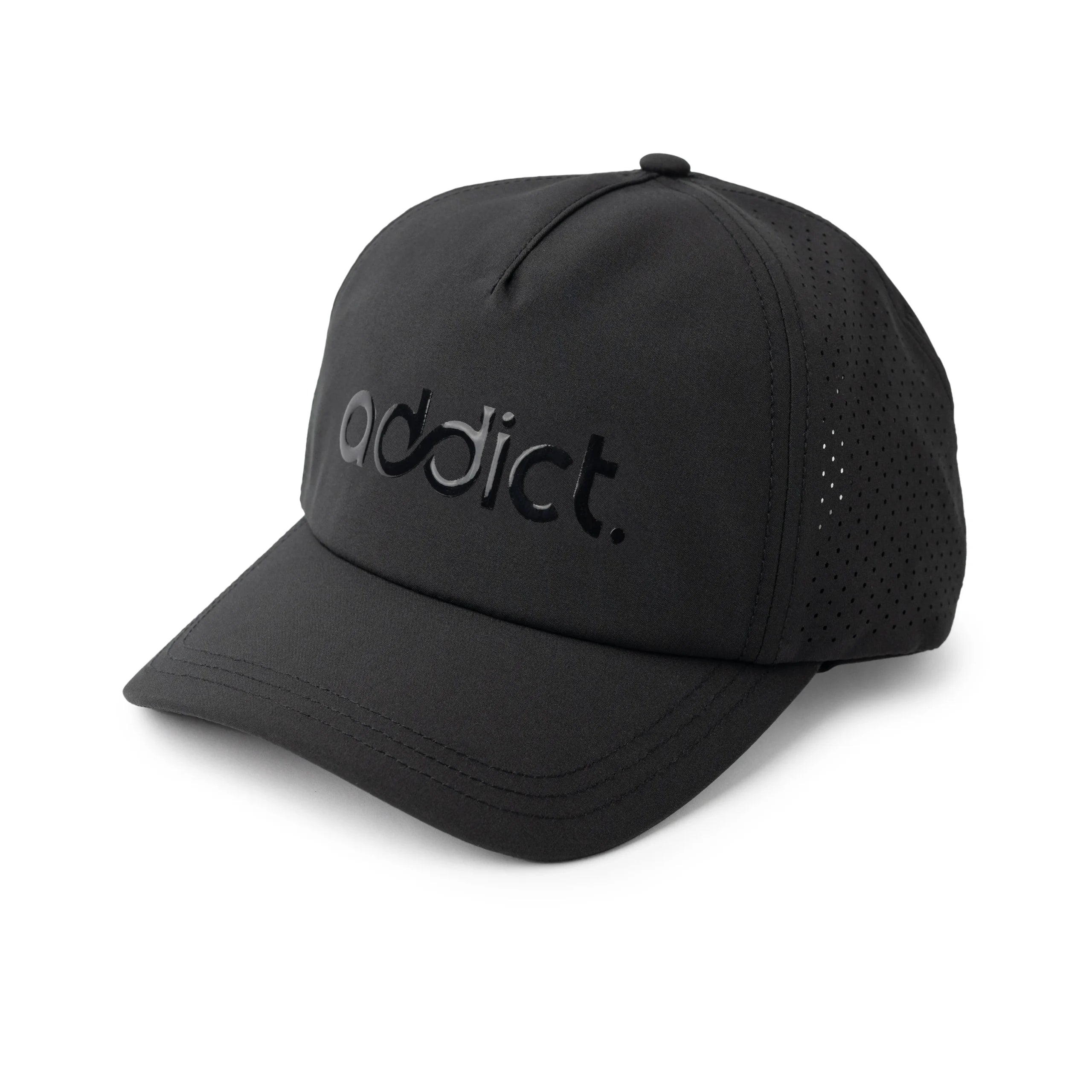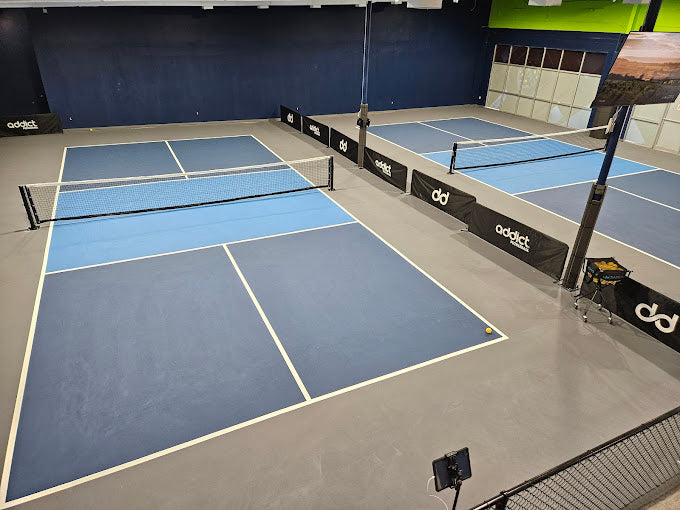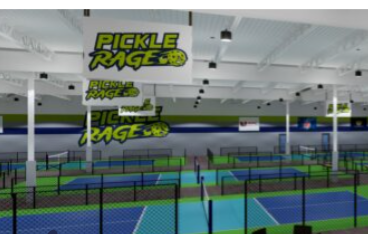When it comes to pickleball paddles, shape matters more than most players realize. While surface materials and core thickness often get the spotlight, the paddle's shape directly impacts how it performs—affecting your reach, sweet spot, maneuverability, and overall feel.
If you're shopping for a new paddle or just curious about how different shapes affect your game, this guide will walk you through the three most common pickleball paddle shapes: elongated, widebody, and hybrid.
Elongated Pickleball Paddles
Elongated paddles are longer and narrower than standard models. Typically measuring up to 17 inches in length, they extend reach and leverage for players who want more power and coverage.
Key Features:
-
Length: Usually 16.5 to 17 inches
-
Width: Narrower (~7 inches)
-
Higher swing weight for more torque
-
Sweet spot tends to be higher on the face
Best For:
-
Singles players
-
Advanced or taller players
-
Aggressive play styles
Pros:
-
Excellent for overheads and passing shots
-
Helps with reach at the net and baseline
Cons:
-
Smaller sweet spot
-
Slightly less maneuverable at the kitchen
Widebody Pickleball Paddles
Widebody paddles are designed for control, forgiveness, and a larger sweet spot. With a shorter, broader face, they’re ideal for players focused on placement and soft touch.
Key Features:
-
Length: 15.5 to 16 inches
-
Width: Around 8.25 inches or more
-
Lower swing weight
-
Broad sweet spot across the face
Best For:
-
Beginners and recreational players
-
Doubles players focused on resets and dinks
-
Anyone who values consistency over power
Pros:
-
Extremely forgiving
-
Easy to control and maneuver
-
Great for soft game play
Cons:
-
Reduced power potential
-
Shorter reach on wide or deep balls
Hybrid Pickleball Paddles
Hybrid paddles combine elements of both elongated and widebody shapes. They're designed to offer a balance of power, control, and versatility—making them ideal for intermediate or evolving players.
The Infinity 8 Control Paddle, for example, uses a hybrid shape to deliver a balanced feel that performs well in both power and finesse situations.
Key Features:
-
Length: Typically around 16 inches
-
Width: Around 8 inches
-
Balanced swing weight
-
Sweet spot is centralized and generous
Best For:
-
All-court players
-
Intermediate players
-
Players who want a paddle that does a little bit of everything
Pros:
-
Versatile and well-rounded
-
Effective for both singles and doubles
-
Great for players still refining their style
Cons:
-
Doesn’t specialize in one specific attribute
-
Feel and balance can vary between brands
Paddle Shape Comparison Chart
| Shape | Length | Width | Best For | Strengths |
|---|---|---|---|---|
| Elongated | 16.5–17 in | ~7 in | Singles, power players | Reach, leverage, power |
| Widebody | 15.5–16 in | 8.25+ in | Beginners, soft game players | Forgiveness, control |
| Hybrid | ~16 in | ~8 in | Balanced or evolving players | Versatility, balance |
Does Shape Really Make a Difference?
Yes—and especially when paired with the right materials and core thickness. If you're new to the sport, hybrid paddles offer a flexible, forgiving entry point. If you're looking to specialize, paddle shape becomes a key decision.
Many players start with widebody or hybrid paddles and later transition to elongated models as their skills evolve.
Final Thoughts
The shape of your pickleball paddle isn’t just about looks—it shapes your entire playing experience. Whether you're reaching for lobs, controlling dinks at the kitchen, or blasting passing shots, understanding paddle shape helps you make smarter gear decisions.
So next time you test a new paddle, take note of how it’s shaped—it might be the key to unlocking your next level.
